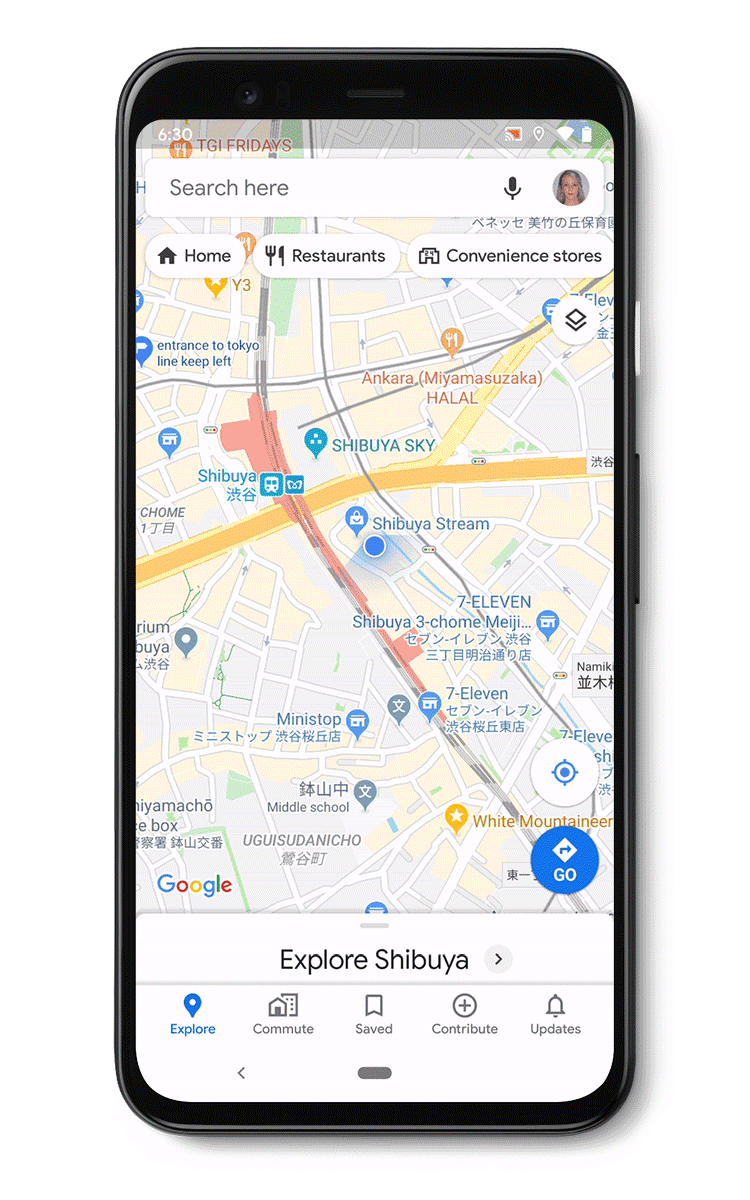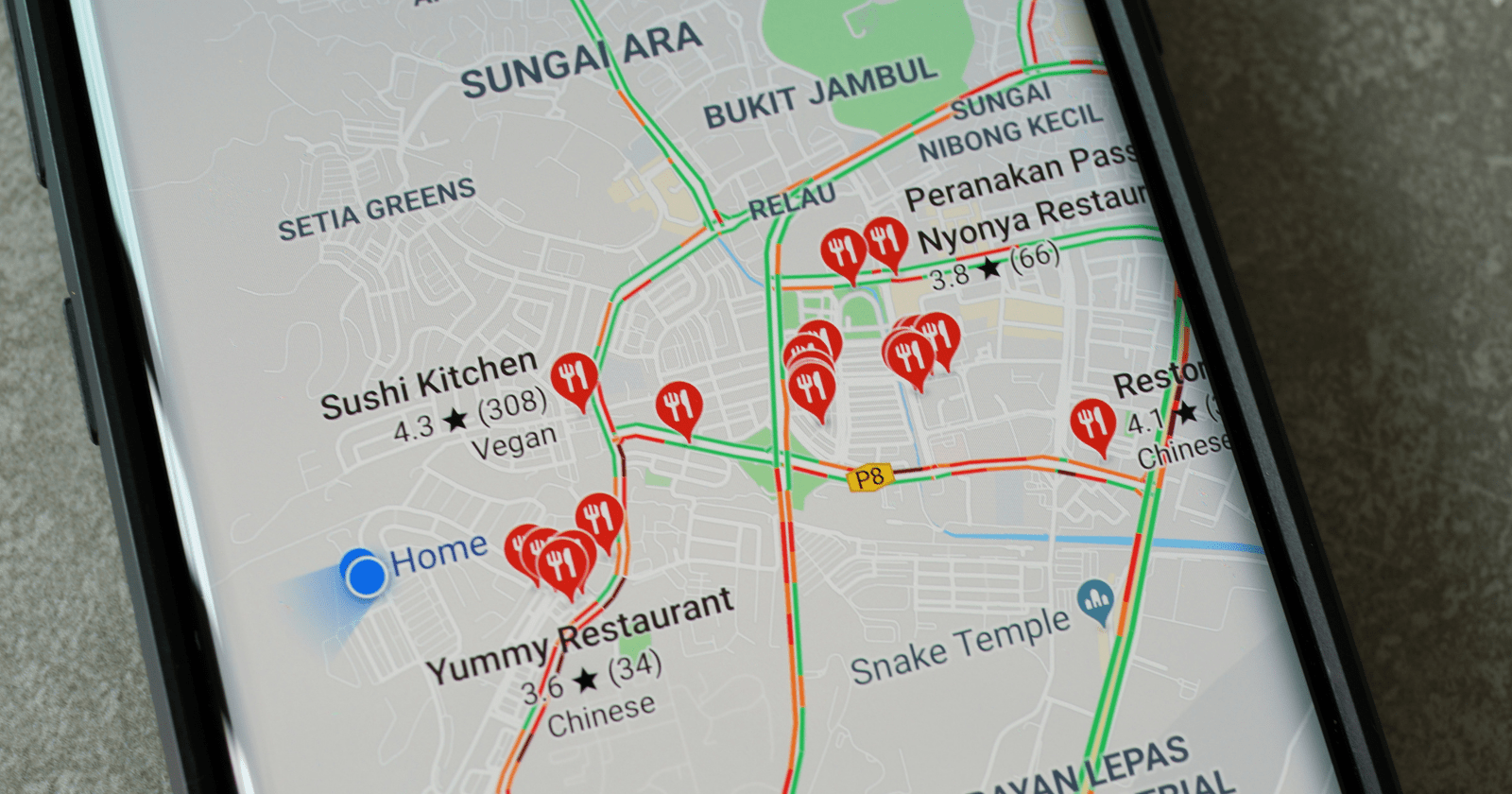Blocking racist reviews and limiting options to change site information to combat election-related misinformation are just two ways Google is battling against what they call content fraudsters and vandals on Google Maps.
But what else are they doing?
Google rarely provides information regarding inside-processes so as not ‘to tip off scammers.’
However, the tech giant published information explaining how they identify and remove fake or malicious Google Maps updates on February 18th.
A Mix of Algorithms, Machine Learning and Human Eyes
Google’s machine learning algorithm scans millions of public contributions daily, detecting and removing content that violates their policy and scanning for abnormal user activity.
This is done this by:
- Understanding what ‘normal’ activity looks like, so they can detect and investigate anomalies.
- Using a team of trained operators and analysts to evaluate submissions that may be difficult for machines to parse.
- Detecting click farm activity.
- Adjusting algorithms in response to increased inappropriate content (such as the spreading of election-related misinformation).
As well as other techniques that happen ‘behind the scenes”.
Much of the malicious activity is taken down by automated models before anyone has a chance to see it, while others are flagged for review by human eyes to reduce untrue reviews that entice people to visit a business or remove untrustworthy negative reviews.
Punishment for Content Vandals and Fraudsters
Google isn’t just removing this content from Maps; it also suspends accounts and even undergoes litigation procedures against those found to be engaging in fraudulent activity.
Last year, Google took action against millions of activity from what they refer to as ‘bad actors’, including:
- Blocking or removing 55 million reviews that violated Google’s policy.
- Blocking or removing almost 3 million fake business profiles.
- Disabling more than 610,000 user accounts undertaking policy-violating or suspicious behavior.
- Reviewing and/or removing 160 million photos that violated Google’s policy or were considered low-quality.
- Reviewing and/or removing 3.5 million policy-violating or low-quality videos.
- Closing over 30,000 reported business profiles.
- Taking down 960,000 reported reviews.
- Stopping more than 3 million business profile verifications from unassociated users.
Advertisement
Continue Reading Below
It’s Not Such a Dark Place
Today, Google followed up their post outlining how they tackle fraudulent or malicious Maps content by explaining and celebrating how community contributions make for a more helpful Google Maps experience.
Over 20 million submissions are made to Google Maps every day, including ratings, address and business hours updates, reviews, images and answers to queries, etc. To which Google specifies:
“Ultimately, this helps people everywhere make better decisions about where to eat and shop, or things to do and see.”
Google contributions have enabled the tech giant to add accessibility information on desktop and mobile for over 15 million places worldwide.
The information contributors can put forward include wheelchair-accessible car parking, entrances, elevators, and seating.
Advertisement
Continue Reading Below
Google is eager to see community contributions grow, specifying that the ‘vast majority’ of Maps submissions are authentic, and have recently added a new ‘contribute’ tab in Google My Business listings for the public to utilize.

As Google continues to expand Map contributions, so must expand the ability to track and remove fraudulent or malicious entries, a ‘ceaseless battle’ that it is continually fighting.
Advertisement
Continue Reading Below
Citations
Celebrating Maps content contributors
Accessibility in Google Maps


